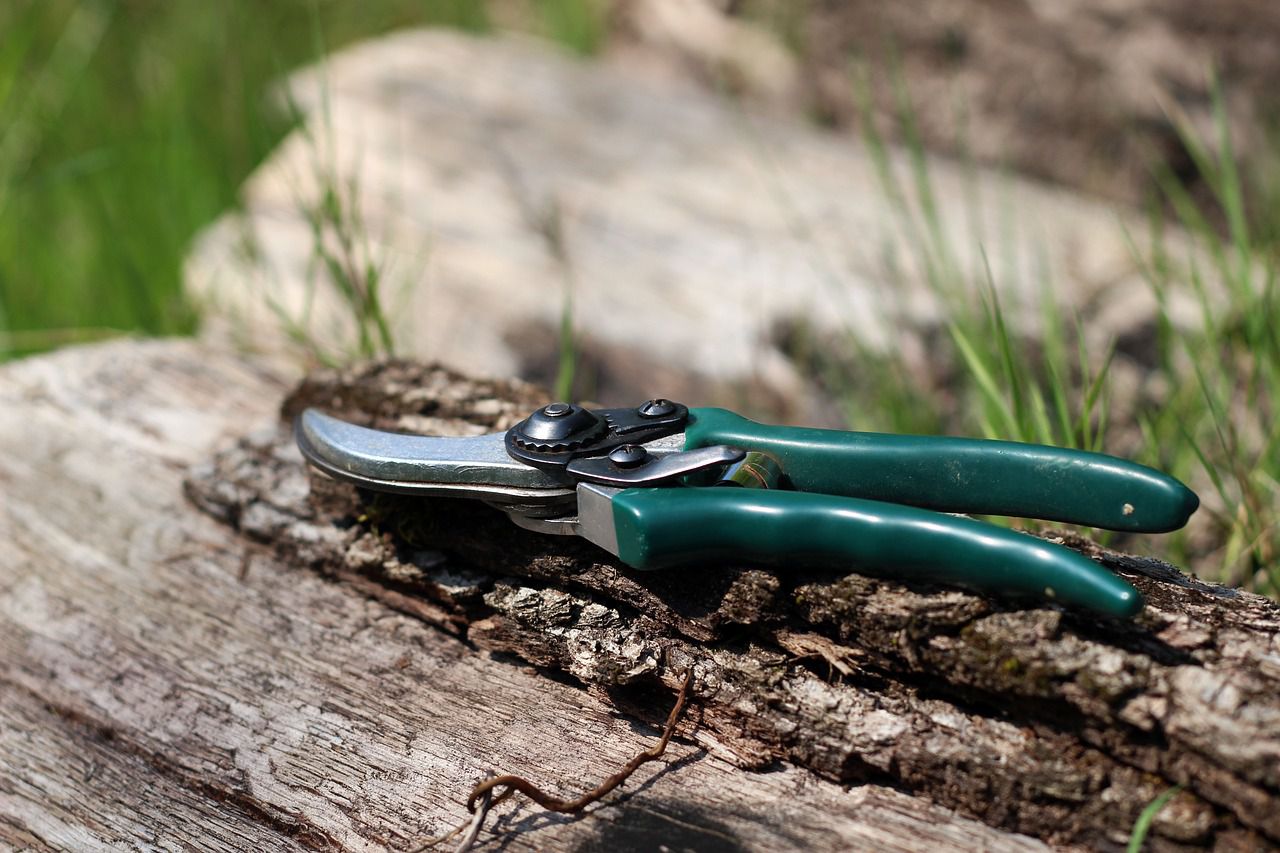Why you need pruning: The benefits of pruning your garden regularly
Cutting some branches of your fruit trees, including healthy ones, seems illogical to people who are new to gardening.
Meanwhile, it's one of the best ways to keep your garden healthy and productive.
Here are some reasons for that.
Encourages Healthy Growth
By removing dead, diseased, or damaged branches, you promote the growth of new, vigorous shoots.
Pruning also helps improve air circulation and light penetration within the plant, reducing the risk of fungal diseases and promoting the development of healthy foliage and flowers.

Controls Plant Size and Shape
By selectively removing branches and stems, you can prevent overgrowth and maintain a desired size that fits your landscape or garden space.
Enhances Flowering and Fruiting
By removing old or spent flowers, you encourage the plant to produce new blooms.
Pruning can also stimulate fruit production by redirecting the plant's energy to developing healthy and abundant fruiting branches.
Removes Weak or Problematic Branches
Removing these branches helps improve the plant's stability, reduces the risk of breakage during storms, and prevents potential damage to nearby structures.
Rejuvenates Overgrown Plants
By selectively removing old or excessive growth, you can invigorate the plant, promote new growth, and restore its shape and vitality.
Disease and Pest Management
By removing infected or infested branches, you can prevent the spread of diseases or eliminate hiding places for pests.

